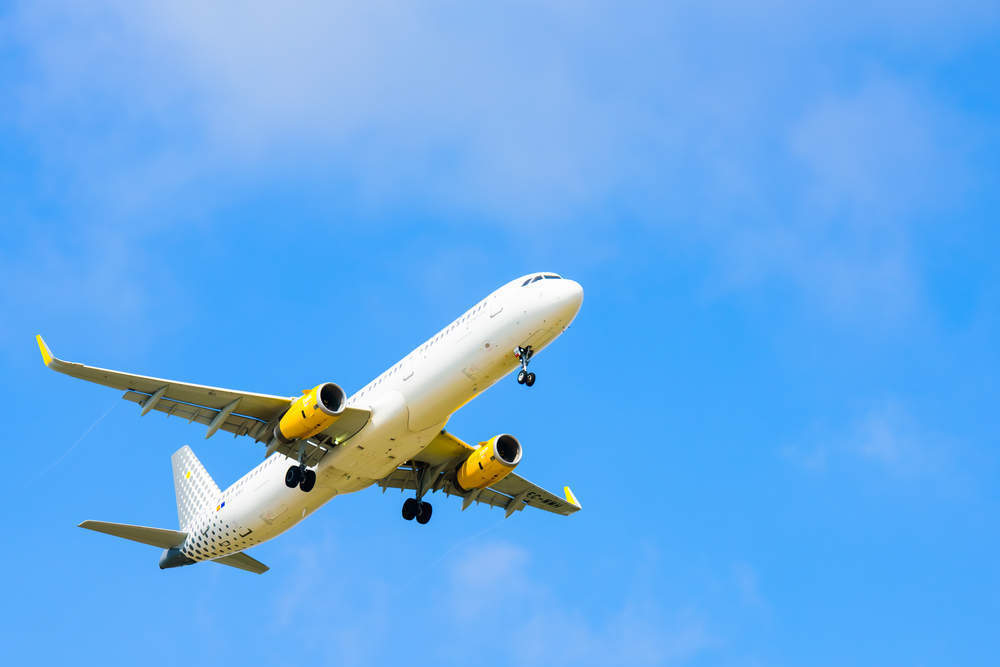The parent company of British Airways (BA) has announced that it will be launching a new budget long-haul airline called Level in June.
It’s expected to allow passengers on its low cost European airline Vueling easier connections to flights bound for the Americas.
This is not a new idea; AirAsia established long-haul airline AirAsia X in 2007 to connect to Australia and distant destinations within Asia.
However, Lufthansa’s Eurowings had a rocky start with low cost long-haul flights, and with Norwegian Air Shuttle operating long-haul flights to the US of its own, conditions will be challenging for BA’s new sister airline to find a place in the market.
It’s a small, budget world after all
This recent surge in availability of cheap flights from Europe to the Americas will bring cities closer together, lowering the bars to international travel.
Studies show that airport construction improves regional GDP; the cheaper airports that allow low cost airlines to fly near to major destinations while keeping prices for customers low are often sufficiently far from the nominal destination and with their own local economy.
How well do you really know your competitors?
Access the most comprehensive Company Profiles on the market, powered by GlobalData. Save hours of research. Gain competitive edge.

Thank you!
Your download email will arrive shortly
Not ready to buy yet? Download a free sample
We are confident about the unique quality of our Company Profiles. However, we want you to make the most beneficial decision for your business, so we offer a free sample that you can download by submitting the below form
By GlobalDataWhat impact the increase in air traffic from these new flights will have on these economies is so far unknown, but promising.
The growing importance of airports distant from key big cities is only natural.
Within major cities limited space and high costs makes expanding major airports challenging both politically and economically, while demand for travel grows unabated.
This forces people to find alternative options for travel and increases traffic to more distant locations.
Smaller cities also have advantages in expanding their road or rail networks, utility supply, and other infrastructure, again due to the limited space and high land costs in large cities.
Ups and downs
One potentially negative consequence of this expansion is the impact on full service airlines.
As more no frills, low budget flights become available a shift in buying habits away from full service flights could reduce the profitability of many routes, reducing the number of flights in these local areas while increasing the overall number of trips regionally.
If this does come to pass it will further increase the business viability of office locations near low cost airports, opening up convenient and affordable spots for conferences and meetings.
Human behaviour is mobile, and the history of travel has been a tale of demand outstripping supply from the beginning.
With more routes available at lower prices, we will see the flow of people continually increase; the question now is if today’s mega cities will capture the economic value this promises, or if well-placed up and coming locations will obtain enough of a share to grow to economic dominance.








Related Company Profiles
Norwegian Air Shuttle ASA
Capital A Bhd
British Airways Plc